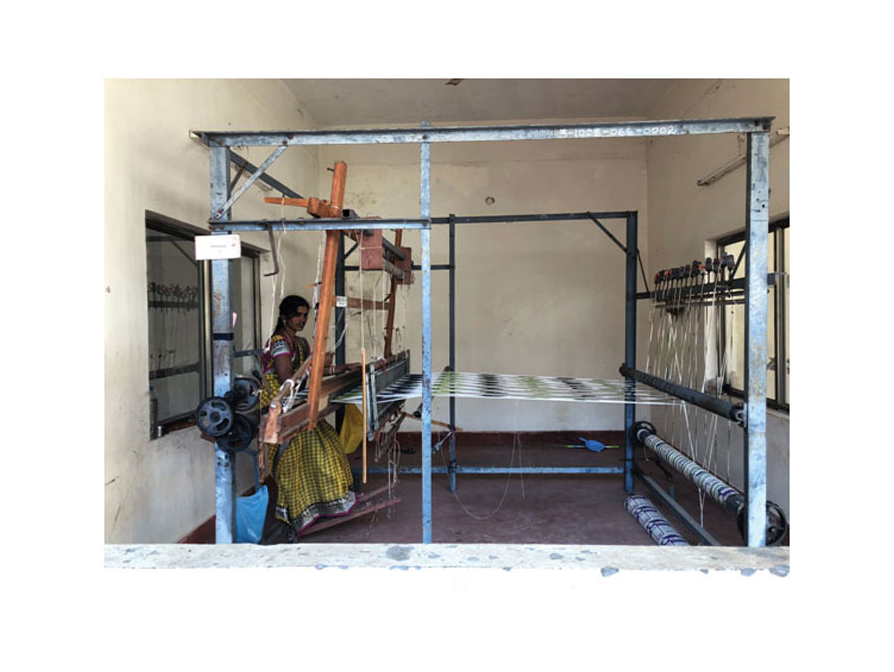What I discovered about weaving saris on a Pochampally Ikat trail

More often than not, one would associate the word "resist" with a form of protest, but on a recent trip to Andhra Pradesh's Pochampally villages, I learnt there's much more to it.
I went to a village and handloom park weaving Pochampally Ikat saris and material during a textile trail curated by experiential travel expert Breakaway, led by textile technologist Durga Venkataswamy, and it opened up a whole new world for me.
A traditional dyeing technique is called "resist" and results in glorious Ikats, Batik, tie and dye et al. Each takes shape through a separate and laborious method of blocking specified areas of the yarn prior to weaving, depending on the pattern, to prevent it from receiving the dye: that is, the method of printing these blocks, as it were, is different for each pattern. In college, I remember making Batik paintings using wax.
For weaving Ikat, a design is first chosen and the yarn tied at suitable spots after being tightly wrapped (at the handloom park, strips from old cycle rubber tubes were used to tie the yarn), such that the tied spot resists — it isn't dyed. Read More...

